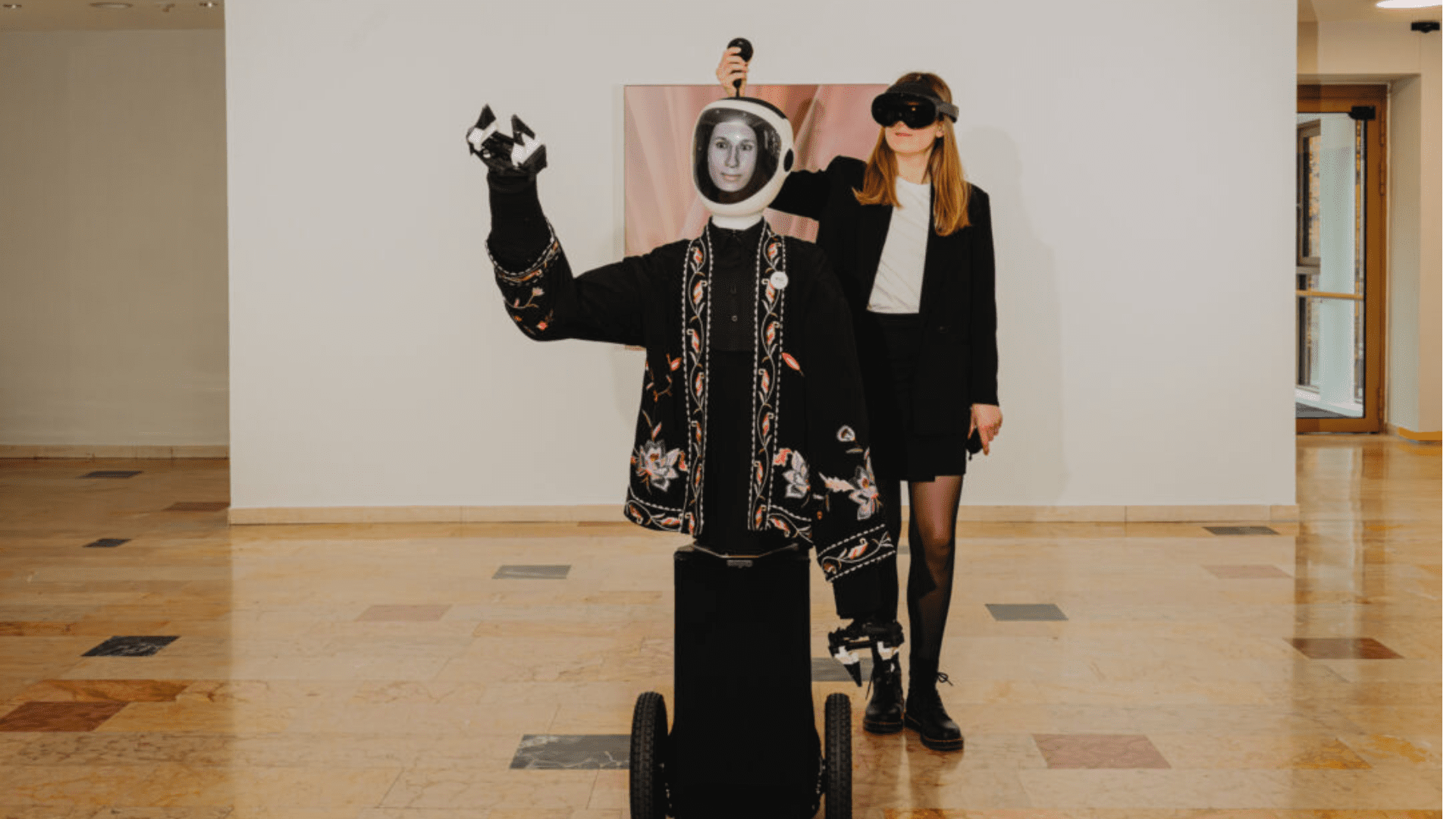The term Melting Pot refers to a place where different people, styles, or theories are mixed together. As a country, America has always taken pride in considering itself home to this terminology, combining the food, traditions and styles of several different countries all mixed together. At a time where it’s easy to feel divided, it’s important to remember that this is at our core and to look for examples of it everywhere- one of those being dance. This form of art involves a variety of styles that have originated all around the world, been brought to our homeland, and are still being taught to this day.
African Dance
One of the most famous forms of African dance is called The Adumu. This dance is meant to be performed during the coming of age ceremony for warriors (or ‘Eunoto’). It is sometimes known as ‘aigus’ or ‘jumping dance’ because it involves enthusiastic jumps while keeping a narrow posture. The dance itself is a competition among warriors and they sport flaming red attire for the occasion.
The spread of African dance to America is often attributed to one person in particular: Chuck Davis. After having traveled with a dance company and fallen in love with African style dance, Davis formed his own dance group called DanceAfrica. He and the members of his troupe studied African dance and used their knowledge to spread the dance across several countries- including the United States. When Davis and his troupe performed, he likes his shows to be participatory so it wasn’t uncommon for audience members to be called up to stage to take part in the show.
Davis has been named among America’s 100 Irreplaceable Dance Treasures by the Dance Heritage Coalition. Though he passed away in 2015, the troupe he established still tours the United States, getting people on their feet everywhere they go.
Irish Dance
Irish dance has been in the United States for quite some time, actually dating back to when Irish immigrants first came to America in the 1600s. For a while it remained local, confined within Irish communities that had been formed across the country. However, during the Gaelic Revival of the late nineteenth century, the art form gained more attention- even forming competitions.
The most recent big movement in the Irish Dance community was the establishing of Riverdance. People have come to view the word Riverdance as being the name of a specific type of Irish Dance, but it’s actually just the name of the group with which the style originated. The group gained attention in 1994 on a Eurovision talent contest with their quick and light steps, mysticism, and synchronized movements. The dance form quickly became an International phenomenon, and the group Riverdance went on to perform in countries all around the world.
Although the original members have moved on, the group itself still tours and it’s very common to see their influence everywhere- even in St. Patrick’s Day Parades!
Brazilian Dance
A very famous dance style that originated in Brazil is called Capoeira. This type of dance looks almost like a fighting style. It involves displays of quickness and strength- combining fast-paced kicks, complex acrobatics, and rhythm. The music beneath a performance typically involves traditional African drums and side percussion instruments.
This form of dance originated in Brazil, but it’s roots come from Africa. When African slaves were brought to work on plantations in harsh conditions, the practice of Capoeira developed over time. It was created to dually keep their African heritage alive while also giving them the means to protect and defend themselves. It wasn’t until the beginning of the 20th century that this dance began to become more widespread- and even then it had a negative connotation. It was primarily used by outlaws, bodyguards, and mercenaries to the point where even the word Capoeira became synonymous with ‘bandit’.
Over time it began to be viewed in a more positive light, but it didn’t make its way to the U.S. until the mid-1970s when Mestre Jelon Viera and Mestre João Grande came along. Viera moved to from Brazil to NYC in 1975 and created a dance company called DanceBrazil. After establishing his troupe, they traveled all across the U.S. and the world spreading their style everywhere they went. Grande moved to New York in 1990 and also used his knowledge of the style to teach thousands of U.S. citizens the art. Both men have been recognized for their contributions by the National Endowment for the Arts National Heritage Fellowship, which is the highest honor for traditional arts.
Now, Capoeira is widely known and practiced around the U.S., even being featured comedically on popular T.V. shows.
These are only a few examples of the hundreds of different dance styles that have been brought to our country on hundreds of different boats by hundreds of people throughout our history. Though we may forget our origins at times, art is a medium that will always remind us where we come from- which is everywhere.
Follow our World of Creation on Instagram, where “what if” becomes “what is.”







